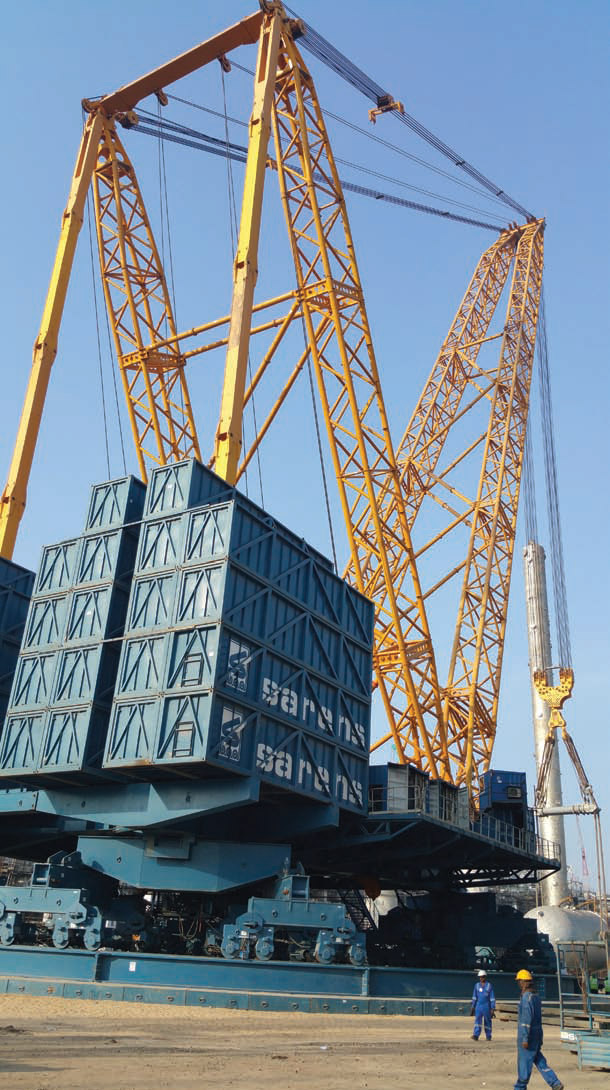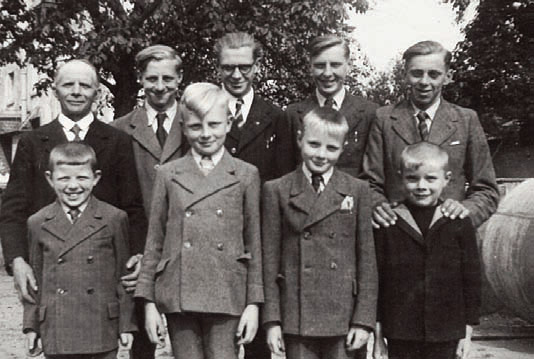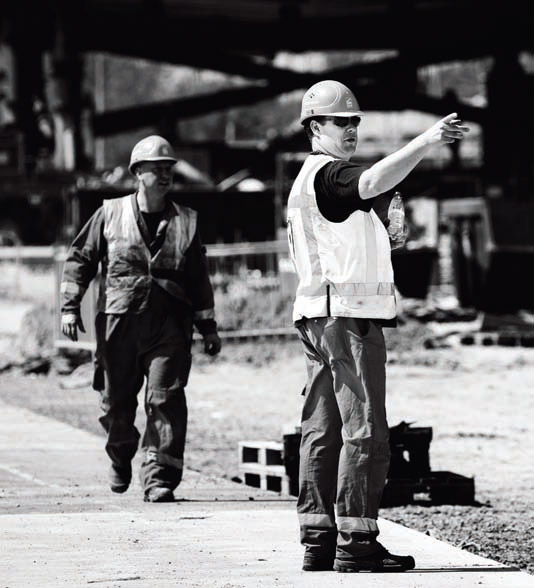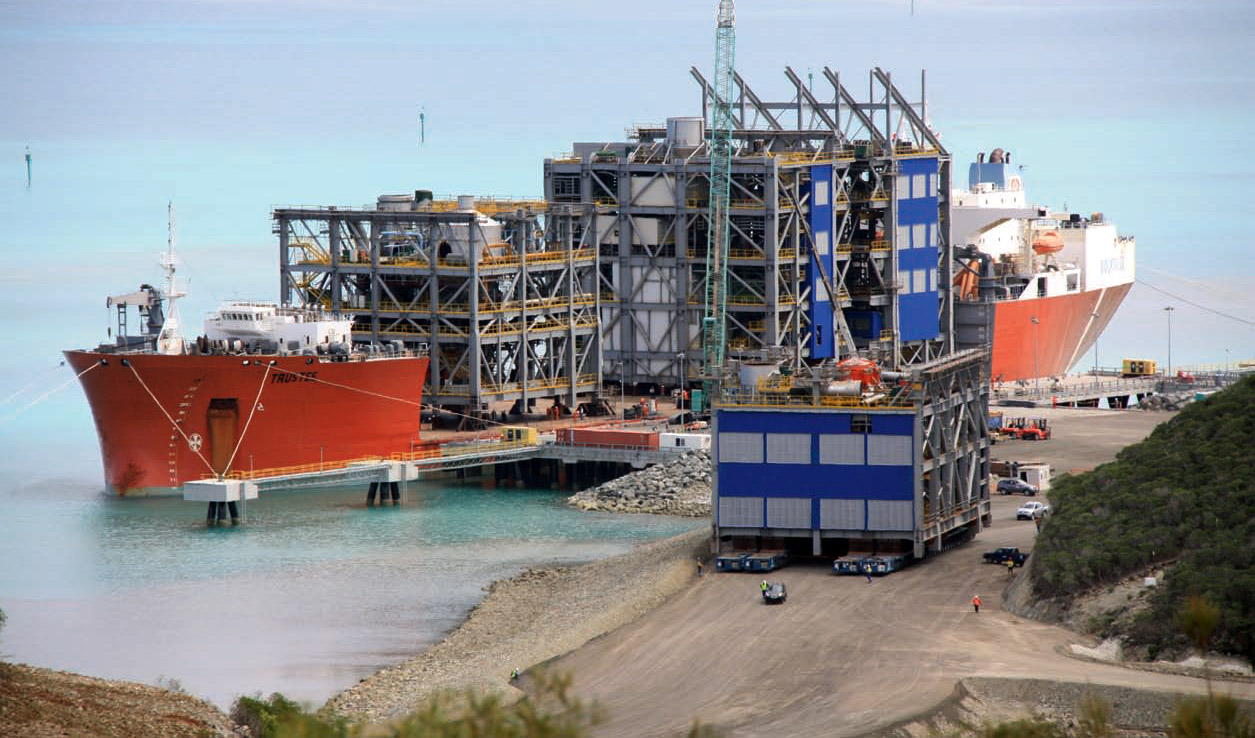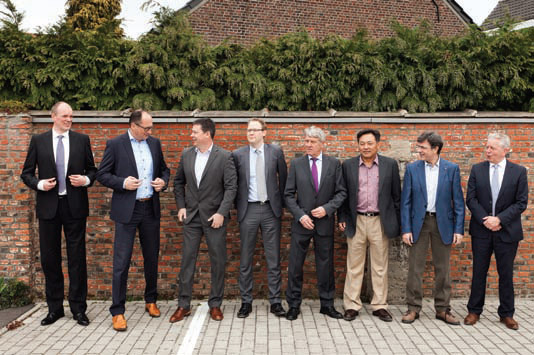Making history
7 November 2016Sarens recently announced the largest deal in its history, delivering major lifting and transportation activities related to the move of very large modules via the Baltic and Black Sea to Kazakhstan for the TCO project. Sarens CEO Wim Sarens and director of global operations Carl Sarens talked to Sotiris Kanaris about the scope of the job and its importance to the company.
Sarens’ history began in the 1930s, when the grandfather of the current generation of owners, Frans Sarens, was using a horse and cart for forestry works and the transportation of trees. Over the decades the company expanded rapidly, and it is currently a group of 100 entities in over 50 countries.
Sarens is now ready to add another chapter to its history by undertaking its largest project to date. It has signed a contract with the Tengizchevroil (TCO), the operator of the Tengiz oilfield in Kazakhstan, to transport and install the pre-assembled units (PAUs), pre-assembled racks (PARs) and associated oversize equipment required for TCO’s Future Growth Wellhead Pressure Project.
TCO is jointly-owned by Chevron (50%), ExxonMobil (25%), KazMunay Gas (20%) and LukAgro (5%). The work being carried out is designed to increase the well pressures and the production capacity of the existing Tengiz refinery, with the new plant being built on a modular basis, incorporating pre-assembled units fabricated in Korea and Italy, and racks fabricated within the Caspian region.
Under the scope of the agreement with TCO, Sarens intends to develop and operate two Trans- Shipment Bases, one in Finland and one in Bulgaria, where cargo will be offloaded from ocean-going vessels and reloaded onto smaller Russian Inland Waterway System vessels for onward delivery into the Caspian.
This is not the first time Sarens has undertaken work for TCO, as it executed a project for the oilfield operator just over a decade ago. Wim Sarens, chief executive officer at Sarens, tells Cranes Today that a customer of this size is primarily looking for the ability of a company to deliver a project.
“It also depends on the quality of the bid, the people you put in front of the customer, the real assets and equipment you own and the experience you have. I think we scored well on all these aspects, and our continued local presence in Kazakhstan was also a determining factor,” Wim adds.
Sarens had already proved its expertise to the project owners, with an earlier contract on TCO. Two other jobs highlight its ability to take on the contract: a heavy module transport and assembly job in New Caledonia; and the relocation of a large mining shovel in the Hunter Valley.
For the Koniambo project in New Caledonia, Sarens was awarded the organisation of heavy module transports, heavy crane hire, module assembly with lifting towers and skidding. The Hunter Valley Shovel Relocation in Australia, involved the relocation of a 1,250t shovel at a mine site.
“Every year in the past 15 years, there has been a similar project, not always in scale but for sure in challenges,” Wim says. “With over 60 years of experience in engineered transport, marine operations and heavy lifting, we are confident we can deliver with diligence and quality the multiple elements of this project that have been entrusted to us.”
Proper planning
Sarens commenced the planning and engineering of the transportation and lifting activities in 2014, using a multidisciplinary team drawn from worldwide Sarens operations based in the TCO office in Farnborough, UK, supported by other Sarens specialists in Kazakhstan, Belgium, Poland, Finland and Bulgaria.
“This is one of our strengths as a group. We have qualified people in nearly every continent and so we are able to allocate them in projects like this one, to give our best people to the client,” says Wim.
Carl Sarens, director of global operations and technical solutions, says for an organisation like Sarens that relies on people’s knowhow, sharing best practices and giving feedback is extremely important.
For the duration of the project (2017-2020), Sarens anticipates deploying approximately 150 specialist personnel to the various locations of the project, whilst also employing approximately 50 professionals from the various sectors of logistics.
Carl says that the personnel is divided into teams according to the various tasks the execution of the project requires: “The project is split in overall management, people taking care of the building of the barges, people engineering the lifting frame, others looking into adapting existing equipment.”
Each unit the company will transport and install is expected to measure up to 66m long, 16.5m wide, 11m high and weigh up to 1,800t, while the racks will be of the same length and weight, but wider and taller.
At the two trans-shipment bases, Sarens will be discharging the units from the ocean-going vessels by means of roll on/roll off technology, utilising up to 92 axle lines of Kamag K25 self propelled transporters for the largest items.
The units will then be transported within the bases to a customs-regulated storage area for offloading onto temporary supports until required for onward delivery to Kazakhstan.
Both bases locations require substantial upgrades to create three roll on/roll off berths, one capable of handling some of the largest available ocean-going RORO vessels and two for the smaller RIWS vessels, with the layout designed to enable simultaneous operations at each berth.
The upgrade of the berths includes building some completely new quays and hardstandings, extending and reinforcing other existing quays, and installing new mooring dolphins and linkspans.
Construction work at the bases is planned to begin in late 2016 and be completed by the end of 2017, ready to receive the first shipments during early 2018.
During the operational period, Sarens will be responsible for providing all the necessary port resources, including security, stevedoring, warehousing, logistics management, ship movements, tug and pilot operations, as well as supplying office and catering facilities.
The pre-assembled units will be loaded out by roll on/roll off onto one of the fleet of custom-built Module Carrying Vessels (MCVs).
These vessels are needed to maximise the dimensions and weight of a unit that can be transported through the RIWS, allowing for the restricted water depths and lock widths, and low bridge heights.
In order to deliver the preassembled units and pre-assembled racks as close as possible to the Tengiz site, a 70km navigation channel is being dredged through the shallow waters of the Northern Caspian Sea, terminating at a Cargo Offloading Facility being constructed 4.5km offshore from Prorva Point, in Kazakhstan.
At the facility, Sarens will utilise self-propelled transporters to offload the pre-assembled units arriving on MCVs from the trans-shipment bases, and the racks arriving on MCVs and barges from the Caspian fabricators.
Sarens is providing transition pontoons at two of the three roll on/roll of berths at the cargo offloading facility, to allow operations to continue during fluctuations in water depths caused by weather conditions.
The 30m-wide transition pontoons are being custom-built for the project, incorporating Sarens’s central pin-coupling system. They will be delivered as two 15m-wide units and then pin-connected into a 30m-wide barge after arrival at the facility. The transition pontoons have an internal ballasting system so that they can be ballasted down to match the deck height of a loaded MCV.
Sarens is also scheduled to provide two 600t capacity cranes at a lift on/lift off berth within the cargo offloading facility, to enable the offloading of heavy project cargo that cannot be delivered on RORO type vessels.
After discharge from the MCV, the cargo will be offloaded onto temporary supports, either within the cargo offloading facility or at the cargo storage facility. This storage facility is 9km inland from the offloading one, and accessible via a purpose-built elevated causeway.
Once called for by the TCO construction team, Sarens will reload the cargo onto self-propelled transporters for the 65km journey to the refinery, travelling at an average speed of 5kmph on a dedicated haul road purpose-built for the project.
To accommodate the long distance, the harsh environment and the extreme weight of the cargo, Sarens is equipping the transporters with a unique high-capacity powerpack solution.
Upon arrival at the refinery, the cargos will be offloaded again onto temporary supports, releasing the transporters to return to the cargo offloading facility or storage facility to collect their next cargo.
For subsequent transport operations at Tengiz site, Sarens will utilise Kamag K24 self-propelled modular transporters, in order to provide higher capacity, and greater manoeuvrability, whilst driving through the construction site and installing the pre-assembled units and racks to tight positional tolerances.
Some of the individual units have to be combined (stacked) to create larger modules, prior to delivery to the installation area.
Sarens will be using their 3,200t-capacity SGC 120 heavy lift crane, equipped with a unique multi-adjustable lifting frame, to stack the individual units at a dedicated location on site.
The positions of the 16 lower lift points on the lifting frame can be adjusted to match both the varying lifting lug-centres on the units, and to accommodate variances in the position of the centre of gravity of the unit. The lower lifting points incorporate hydraulic tension cylinders, controlled and monitored wirelessly.
The high capacity and outreach of the SGC 120 allows three modules to be assembled concurrently, with the crane positioned in the middle of them, maximising crane utilisation and the availability of finished modules for onward delivery to the installation point.
Once assembled, some of the modules will weigh up to 4,200t, and stand in excess of 30m high.
Sarens will transport the assembled modules up to 25km on up to 184 axle lines of SPMT and then install them directly onto prepared foundations.
Carl says for this project the company will use big parts of its existing fleet, but it will also buy axle lines of the K25 type, SPMT Trailers and the barges.Working on a project of such scale incurs high costs for the contractor.
A corporate lift
Talking about the company’s financing, Wim says: “We have reviewed our finances based on our future expectations of balance sheet and we have recently increased our bonds in the market.
We have been being proactive in securing sufficient financing to make sure we can deliver all the project needs.
“It is part of the entire company strategy to make its financing fit for purpose for the future. There is a much larger fleet being operated worldwide so TCO is taken well care of by our total financing.”
Wim says that this project will reconfirm the company’s position as one of the leaders in the heavy lifting, specialised transport, alternative lifting and project management.
“I think it will also give us a solid exposure to customers based in the USA, where I feel we still have quite a lot of potential to grow in the future,” he adds.
Despite the volatility in oil prices, Wim says there is a solid pipeline of projects in the oil and gas sectors as well as the nuclear power sector for the coming years.
“The nature of our business is cyclical and we tend to be proactive about that by having a wide enough customer base spread over all industries and geographies, in order to always be able to tap into interesting jobs,” he says.
